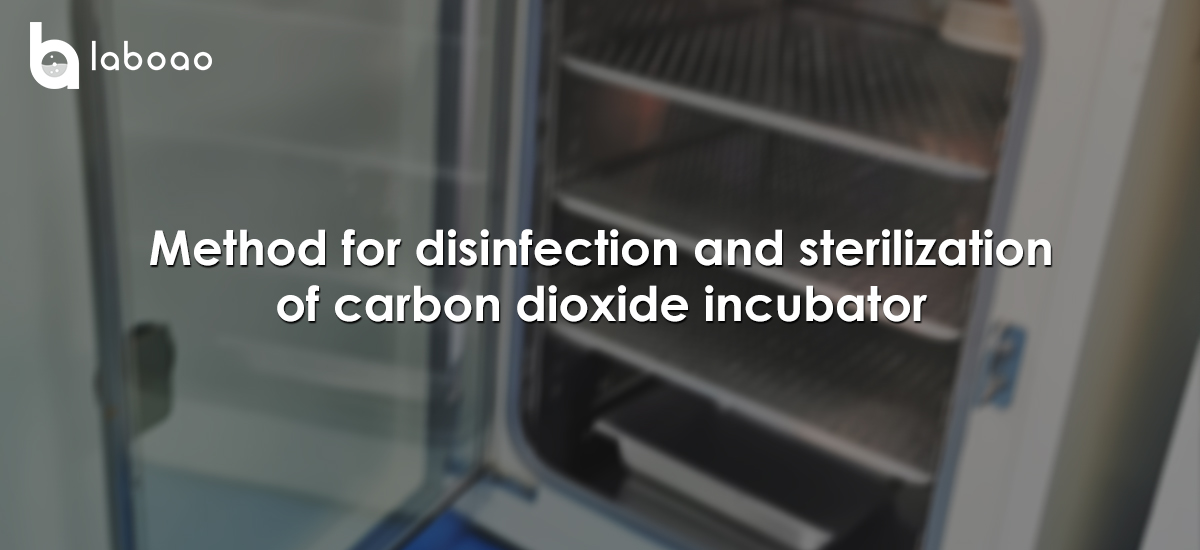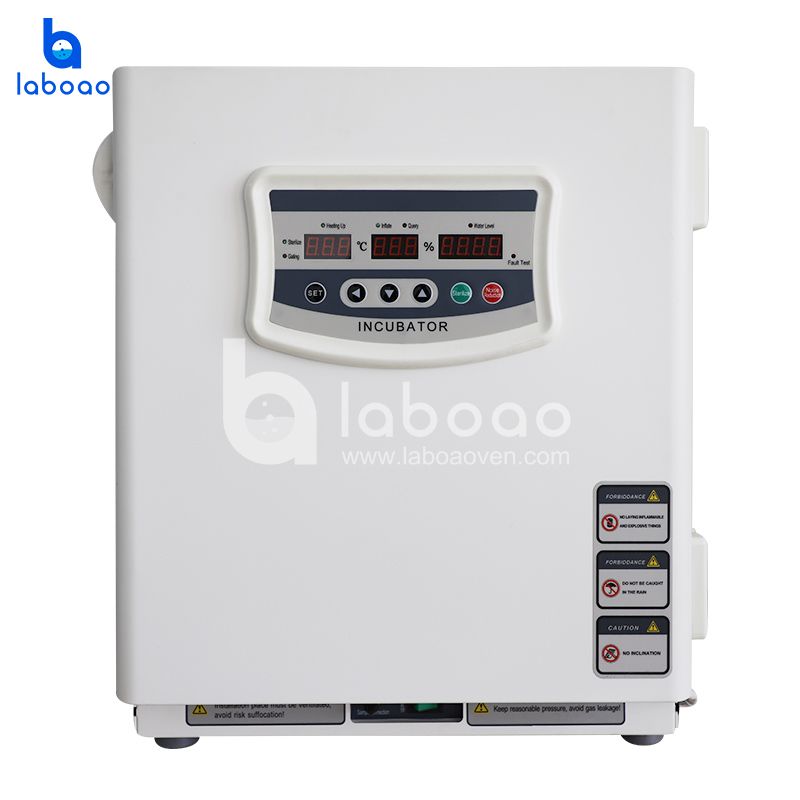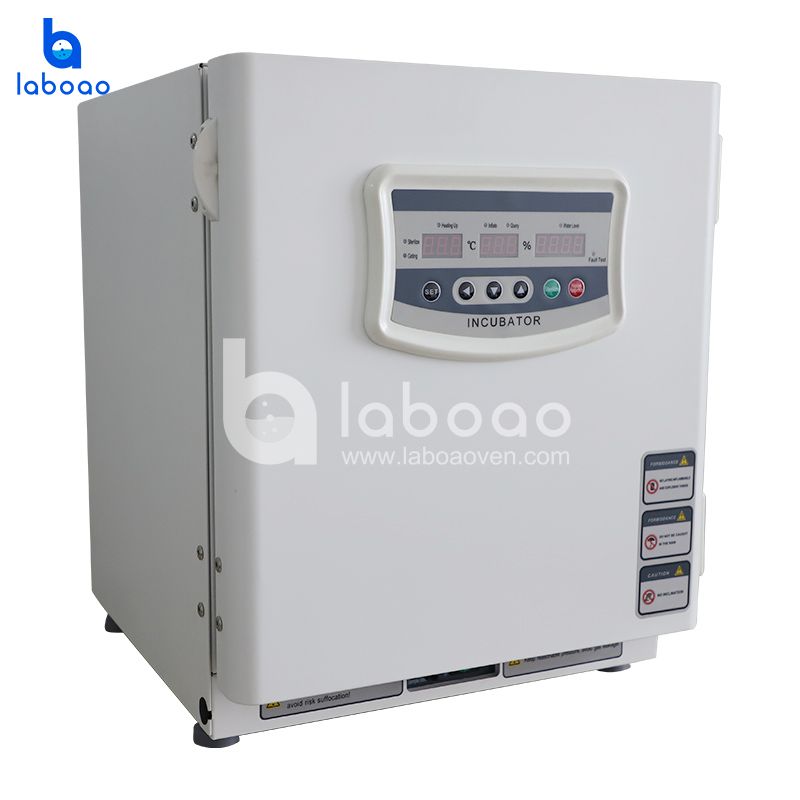
Disinfection refers to killing pathogenic microorganisms, but it may not kill bacterial spores. Chemical methods are usually used to achieve the effect of disinfection.
Sterilization refers to killing all microorganisms, bacterial spores, and spores on an object. Physical methods are usually used to achieve the purpose of sterilization.
Although there are differences between disinfection and sterilization, they are both effective means of eliminating pollution.
1. Chemical method
The general chemical method is to quickly disinfect the surface of an object by wiping with chemical reagents. Common chemical disinfectants for incubators include 75% alcohol and a certain concentration of hydrogen peroxide or copper sulfate solution. Chemical methods belong to surface sterilization, which is efficient, short in time, and easy to operate, but the disinfection is not thorough and the sterilization is limited. Parts that cannot be directly contacted by chemical reagents lose their sterilization effect and are usually used as an important auxiliary means to remove pollution.
2. Physical method
Physical methods include filtration methods and ultraviolet sterilization methods. By installing HEPA high-efficiency filters and microbial high-efficiency filters in the box, the gas in the box is circulated and purified to ensure the cleanliness level in the box and effectively filter out biological pollutants such as bacteria suspended in the box. Physical filtration can operate in real time and provide a relatively safe and sterile culture environment. However, the filter itself cannot sterilize and needs to be replaced regularly. In addition, if the incubator is contaminated, the thermodynamic sterilization method must be started to achieve the purpose of thorough sterilization. Ultraviolet sterilization uses ultraviolet radiation to disinfect microorganisms. It is a method that can quickly disinfect, but the sterilization effect is greatly affected by the power of the ultraviolet lamp, the structure of the box and the humidity in the box. There are dead corners, and places where ultraviolet rays cannot reach, such as the air duct, cannot achieve the purpose of disinfection. It is an incomplete disinfection method.
3. Thermodynamic method
It is a real sterilization method that uses a high temperature environment to denature microbial DNA and RNA and lose activity. It can kill spores and spores to achieve the purpose of sterilization. Common thermodynamic sterilization temperatures include 90℃ high temperature and high humidity environment and high temperature and dry heat conditions above 120℃. The higher the temperature, the shorter the sterilization time. However, the entire thermodynamic sterilization process takes a long time, generally more than 12 hours, or even up to 24 hours. Thermodynamic sterilization can only be performed after the culture is completed. For some incubators used for long-term culture, it is impossible to perform effective high-temperature disinfection. Thermodynamic disinfection is often used after a long period of use or when there is obvious contamination in the box. Therefore, to truly ensure the safety of the incubator, it is necessary to follow the manufacturer's guidance to sterilize the incubator with thermodynamic sterilization method regularly to ensure the biological safety of the culture.

